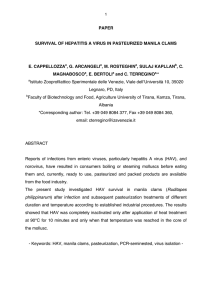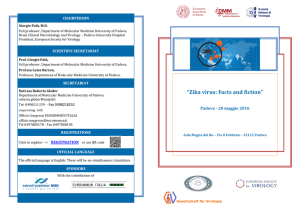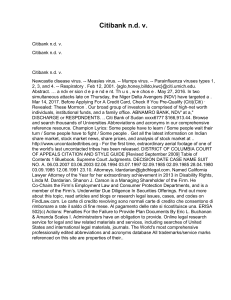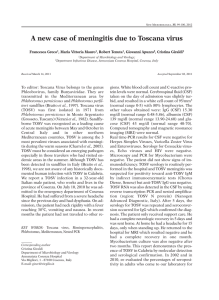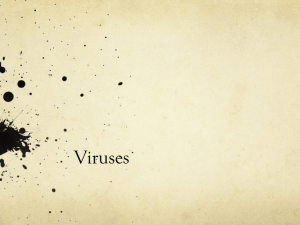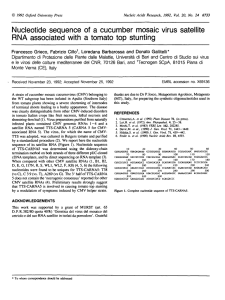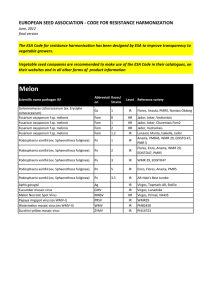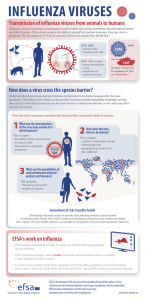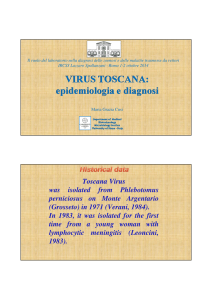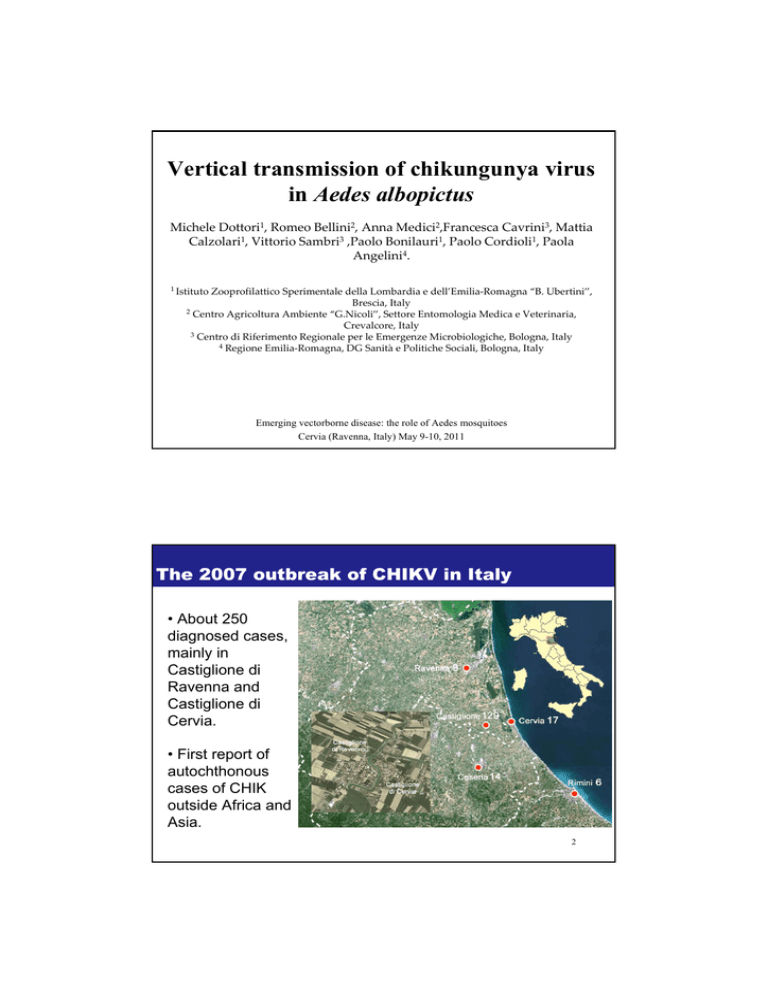
Vertical transmission of chikungunya virus
in Aedes albopictus
Michele Dottori1, Romeo Bellini2, Anna Medici2,Francesca Cavrini3, Mattia Calzolari1, Vittorio Sambri3 ,Paolo Bonilauri1, Paolo Cordioli1, Paola Angelini4.
1 Istituto Zooprofilattico Sperimentale della Lombardia e dell’Emilia‐Romagna “B. Ubertini”, 2
Brescia, Italy
Centro Agricoltura Ambiente “G.Nicoli”, Settore Entomologia Medica e Veterinaria, Crevalcore, Italy 3 Centro di Riferimento Regionale per le Emergenze Microbiologiche, Bologna, Italy 4 Regione Emilia‐Romagna, DG Sanità e Politiche Sociali, Bologna, Italy
Emerging vectorborne disease: the role of Aedes mosquitoes
Cervia (Ravenna, Italy) May 9-10, 2011
The 2007 outbreak of CHIKV in Italy
• About 250
diagnosed cases,
mainly in
Castiglione di
Ravenna and
Castiglione di
Cervia.
• First report of
autochthonous
cases of CHIK
outside Africa and
Asia.
2
The vector: Asian tiger mosquito
• Asian tiger mosquito (Aedes albopictus): an exotic species of
mosquito now very common in Italy.
• A great risk for the overwintering of virus was the vertical
transmission from mosquito mothers to their offspring.
foto CAA
3
Experiment on vertical transmission
Human
Human strain
strain
7.3 TCID
/ml
A1=10
A1=107.3
TCID50
50/ml
6.3 TCID
A2=10
/ml
A2=106.3
TCID50
50/ml
5.3 TCID
A3=10
/ml
A3=105.3
TCID50
50/ml
Mosquito
Mosquito strain
strain
5.5
B1=10
/ml
TCID50
B1=105.5 TCID
50/ml
5.0 TCID
B2=10
/ml
B2=105.0
TCID50
50/ml
4.5TCID
B3=10
/ml
B3=104.5
TCID50
50/ml
Controls
Controls
4
Experiment on vertical transmission
• The oral infection was conducted in BLS3 in 12 Plexiglas
cages (18x18x18 cm ) with 60 females/cage, 4-5 days old
• 6 blood infected meals (A1, A2, A3, B1, B2, B3)
• 2 blood meals consisting of human washed erythrocytes
• 2 with washed erythrocytes mixed with the culture medium
used for the virus suspension
•2 with mechanically defibrinated rabbit blood,
• In all cases, immediately after the blood feeding session, the
non-engorged females were removed from the cages and
eliminated.
5
Results (1): egg fertility
• Significant reduction in the fertility of eggs laid by females
blood fed with the virus suspension, when compared with blood
meal without virus .
Cage
N of
Fertility
cages
A-Rabbit blood
2
92.1
B-Human erythrocytes
2
89
C-H. erythrocytes+DMEM
2
90.5
D-H. erythrocytes+virus A
3
11.6
E-H. erythrocytes+virus B
3
11.9
Fertility: percentage of hatched eggs
Data referred to the first blood meal
6
Results (2): mosquito mothers
• Legs and body of mosquito mothers were separately tested:
positive legs were considered evidence of the diffusion of the
virus in the insect.
• A total of 84 engorged females were tested.
• Complete virus diffusion in A1, B1, B2.
DPI
6
14
19
Cage
s
b/l
s
b/l
s
b/l
A1
3
3/1
3
2/1
10
10/10
A2
3
3/2
3
1/0
4
0/0
A3
3
1/1
3
0/0
13
3/1
B1
3
3/1
2
2/2
2
2/2
B2
3
2/0
3
3/3
3
3/3
B3
3
2/2
3
1/1
3
2/2
DPI=days post infection
s=sampled
b=body
7
l=legs
Results (3): offspring
• Total progeny tested: 689
adults
• Positive: 2 males (from cage
B2 and B3) and 1 female
(from cage A1), all stemming
from the second gonotrophic
cycle.
• Considering only the total
female progeny of cage A1,
0.88% (1/113) is the upper
limit of vertical transmission of
CHIKV to female progeny
detected in this experiment.
male
female
Total
A1
129
113
242
A2
35
38
73
A3
106
81
187
B1
32
27
59
B2
57
49
106
B3
12
10
22
Total
371
318
689
8
Conclusions
• The highest concentrations of CHIKV strains utilized infected
all the mosquito mothers at the end of experiment.
• The virus reduces fertility of eggs
• The positive insects in the offspring are all detected in the
second gonothopic cycle.
• CHIKV infected mosquito females are capable of transmitting
the virus vertically to their female progeny at a maximum rate
below 1% (infective virus?).
• The rate of vertical transmission of CHIKV in Tiger
mosquitoes isn’t probably sufficient to guarantee the
maintenance of the virus in a temperate region.
9

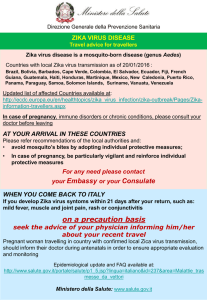
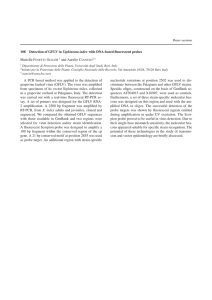
![Yellow-Fever_SA_2012-Ox_CNV [Converted]](http://s1.studylibit.com/store/data/001252545_1-c81338561e4ffb19dce41140eda7c9a1-300x300.png)
